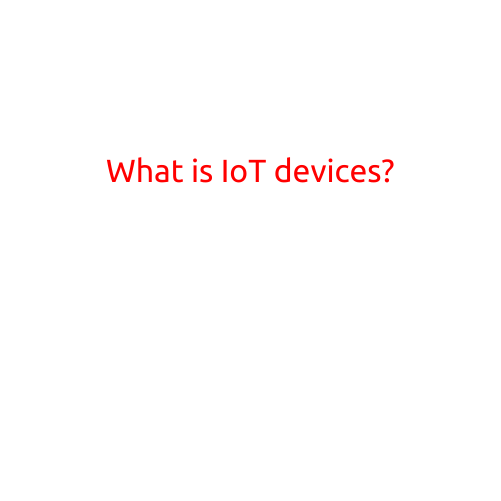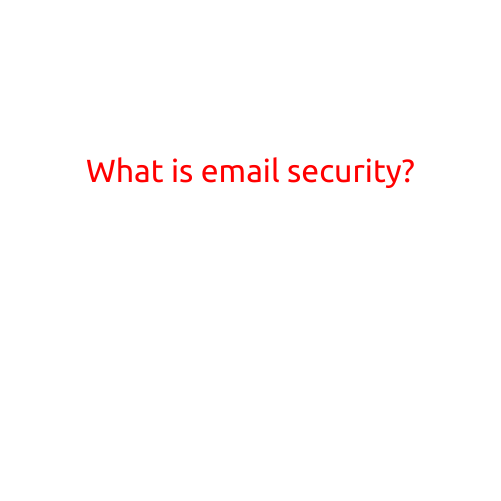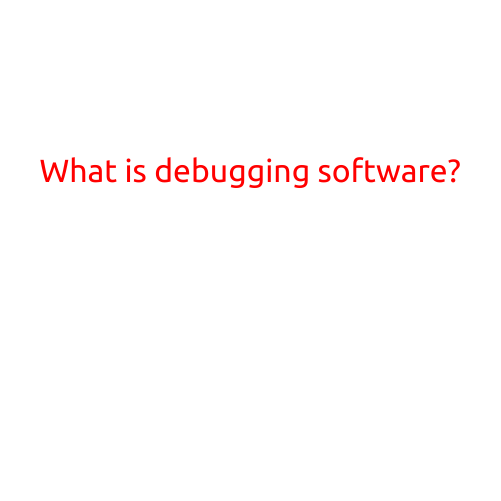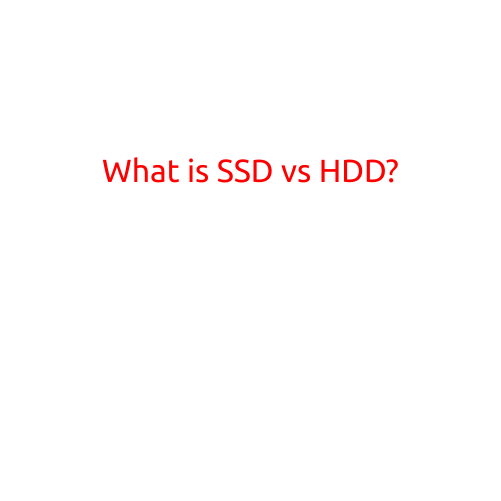
What is IoT Devices?
The Internet of Things (IoT) refers to the network of physical devices, vehicles, buildings, and other items that are embedded with sensors, software, and other technologies to connect and exchange data with other devices and systems over the internet. These devices, also known as IoT devices, have the ability to collect and share data, making it easier to monitor, manage, and control various aspects of our daily lives.
What are IoT Devices Used For?
IoT devices are used in a wide range of applications, including:
- Smart Home Devices: Smart thermostats, lighting systems, security cameras, and doorbells that can be controlled remotely using a smartphone app.
- Industrial Automation: Sensors and actuators that monitor and control industrial equipment, such as pumps, valves, and motors.
- Wearables: Fitness trackers, smartwatches, and other devices that track physical activity, sleep, and other health metrics.
- Infrastructure Monitoring: Smart traffic lights, parking sensors, and other devices that help cities manage traffic flow and optimize infrastructure.
- Healthcare: Medical devices that track vital signs, monitor conditions, and provide real-time feedback to healthcare professionals.
Types of IoT Devices
There are several types of IoT devices, including:
- Sensors: Measure temperature, humidity, light, sound, and other environmental factors.
- Actuators: Relay commands to physical devices, such as lights, motors, and valves.
- Gateway Devices: Connect multiple devices to the internet and facilitate communication between them.
- Cloud Gateways: Connect IoT devices to the cloud and enable remote management and monitoring.
- Embedded Devices: Small, specialized devices such as smart sensors, smart locks, and smart doorbells.
Benefits of IoT Devices
The use of IoT devices offers several benefits, including:
- Increased Efficiency: Automate tasks, streamline processes, and reduce waste.
- Improved Safety: Monitor equipment, detect anomalies, and respond quickly to potential safety issues.
- Enhanced Customer Experience: Offer personalized services, real-time feedback, and improved product support.
- Data Insights: Collect and analyze data to gain valuable insights and make informed decisions.
- Cost Savings: Reduce energy consumption, minimize downtime, and optimize resource allocation.
Challenges and Concerns
While IoT devices offer many benefits, there are also challenges and concerns associated with their use, including:
- Security Risks: IoT devices can be vulnerable to hacking and cyber attacks.
- Data Privacy: Ensure that personal data is protected and not compromised.
- Interoperability: Ensure that devices from different manufacturers can communicate effectively.
- Upgrade and Maintenance: Plan for regular software updates and hardware maintenance.
- Standardization: Develop standards for IoT devices to ensure consistency and ease of use.
Conclusion
In conclusion, IoT devices are physical devices, vehicles, buildings, and other items that are embedded with sensors, software, and other technologies to connect and exchange data with other devices and systems over the internet. They offer many benefits, including increased efficiency, improved safety, and enhanced customer experience. However, there are also challenges and concerns associated with their use, including security risks, data privacy, interoperability, upgrade and maintenance, and standardization. As the use of IoT devices continues to grow, it is essential to address these challenges and concerns to ensure the effective and sustainable implementation of IoT technology.





